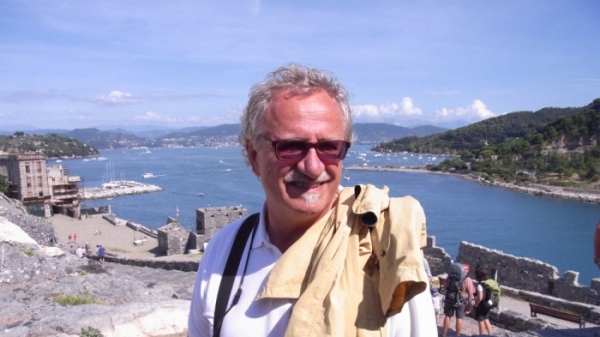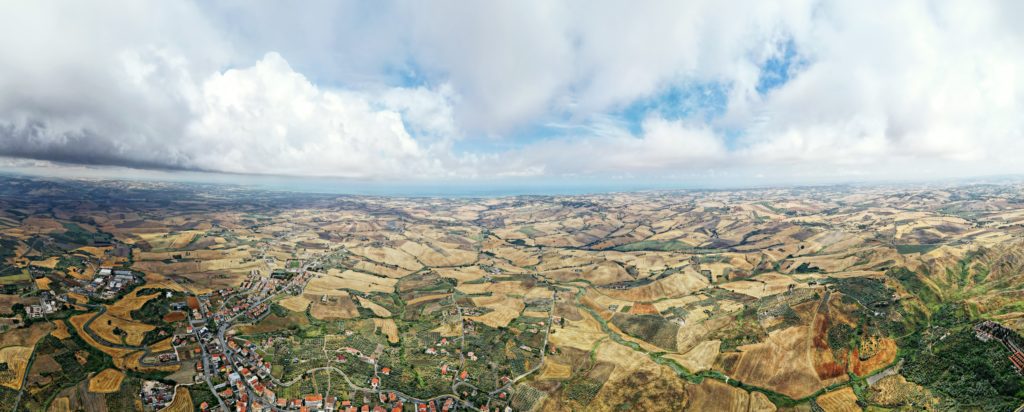
Mario’s homage to the forgotten Italian Region of Molise, where family roots run deep.
Several weeks ago, my aunt in Italy died. I wasn’t close to Zia Liliana. She lived in Puglia, the neighbouring region of my native town of Larino in Molise. Not many people would visit Molise, it is squashed between the recent tourist juggernauts: Abruzzo and Puglia.
Nevertheless, during our COVID restricted world, the death of my aunt made me reflect on how much I missed visiting Italy. But most of all, I started romanticising my early life in my hometown: Larino. I make a point of returning to my birthplace as frequently as work allows me. It is not a medieval gem and apart from its magnificent 13th century cathedral and Ducal Palace, it does not possess any memorable architectural heritage. It does have, however, many reminders of its importance as a centre during Roman times. Notwithstanding its shortcomings, it remains a very special place to me.
It is where my roots are present and alive. I still vividly remember most of my early years. I was nine when mum decided ‘enough is enough’ and we left Larino to join dad in Melbourne, Australia in 1959. I returned there in my early twenties with my wife Viny and it has drawn me back ever since.
It is the place where all my ancestors are from. It is where I still have several aunts all in their nineties and who all have a rich tapestry of the family history and a grounding of what life was like when they were young. Meeting my countless cousins in the piazza feels like you are a local. Nothing changes, you are part of the bigger family. People know me as Francesco’s son, and I am treated with all the genuine hospitality and warmth. It is where my ancestors are resting. I know this all too well. In one of my early visits, Zia Elvira made sure that I knew where I came from. She took me to a florist and asked me to buy several big bunches of flowers. You never questioned Zia why so many flowers? She would just say “do it, you’ll see” We visited the local cemetery. And I was given an historical lesson of my family. As we slowly walked the carefully manicured aisles of graves full of fresh flowers, we stopped in front of “this is your grandfather”, “here lies your mums’ mother” and also my uncle Nick’s grave who I knew very well. Interestingly, there was also a plaque remembering two great uncles lost during the WWI. One wonders what happened to them. They were all there: great grandparents, uncles, cousins, and family friends. It was like she knew everyone personally and had stories about each of them. There was even a plaque remembering my dad who died and is buried in Australia. I placed a flower on each grave. There was another lasting impression during this memorable visit: most of the families were broken up or separated by migration and I sensed how much my aunt missed my dad, her only brother. And that saddened me very much.
Zia always told us to conduct tours in Molise and bring our tour groups to her place for lunch. She could not fathom why tourists wouldn’t like the 3-day festival celebrating the feast day of the Larino’s patron saint: San Pardo. Zia’s lunch would be memorable. It would be a unique experience full love, laughter and an abundance of delicious local food.
What to see and visit in Molise?
Molise is the perfect destination to get away from it all. Beautiful rolling hills with unique towns perched on mountain tops make up this little-known corner of Italy. Obviously, I would be delighted if travellers visited the historical centre of Larino or from many vantage points experience the cultivated valleys and on a clear day the crystal waters of the Adriatic. From the same vantage points the winter offers incredible views of the majestic snow-capped mountains of the Apennines. Termoli, only a short drive from Larino, is a summer tourist destination with its golden beaches. Its main attraction is the Borgo Antico with its ancient walls. The narrow streets are lined with pastel-coloured houses which have been turned into boutique B&Bs and restaurants. Termoli also has a port from which you can discover in less than an hour the stunningly beautiful Tremiti Islands by charter boat or ferry.
The Region’s capital Campobasso is also worth a visit. There is a sense of glamour and a rich historical heritage. Very close by is the town Ferrazzano with its wonderful panoramic views and known as the birth place of Robert de Niro’s ancestors. On the western part of the region is the provincial city of Isernia with its cathedral dedicated to San Pietro and wonderful roman ruins.
Molise also rewards the traveller in search of age old traditions and crafts passed through the generations. There are the world famous bell manufactures of Agnone, where hand made bell casting techniques have been passed down for more than a thousand years. Many villages are also sought after for their metal handicrafts such as Frosolone which is also well known for the most exquisite merletto/crochet patterns. Molise more than any other region in Italy has maintained centuries old traditions. You will stumble across festivals of all kinds throughout the year proudly reenacted by the local communities.
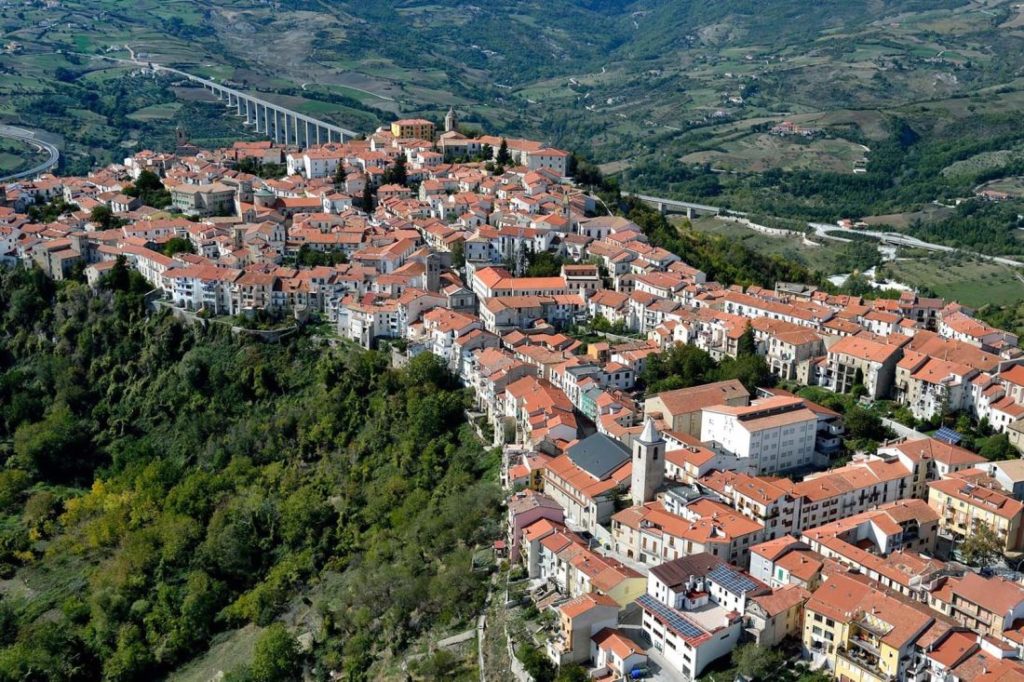
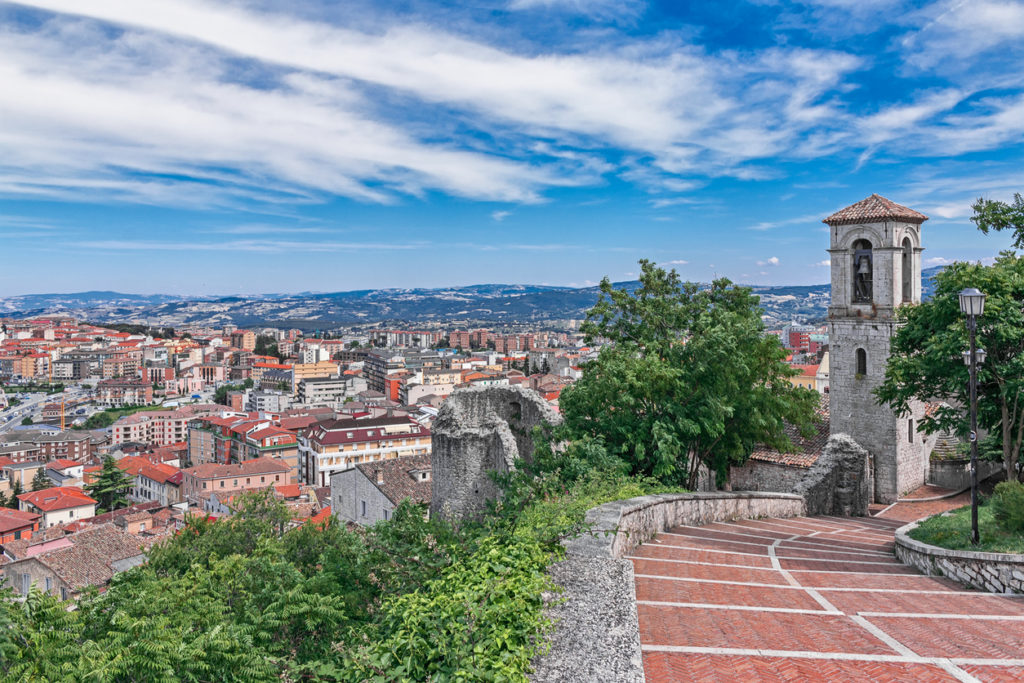
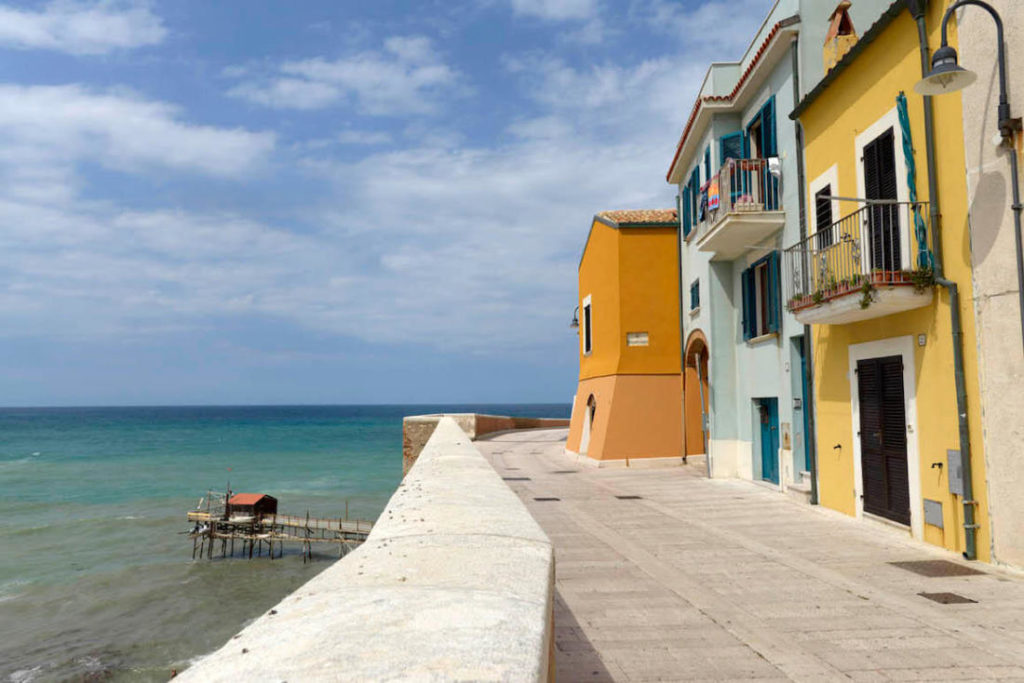
What to eat in Molise?
Given the amount of rich farmland, mountain and coastal areas in Molise, food lovers will not be disappointed with a rich tapestry of traditional cuisine. There is no shortage of meat and one of the must try delicacies of Molise is salsiccia di fegato a celebrated pork sausage made around the mountainous area close to Isernia in the west of the region. Ventricina is another cured sausage which is very well known in Molise and can also be found in neighbouring Abruzzo and Puglia. It is typically made with the best cuts of pork and cured with salt, chilli and spices.
Pasta dishes feature prominently with Molise being the home of Fusili spiral pasta as well as cavatelli or cavetiell in the local dialect. Of course you may have noticed the aptly named La Molisana (The one from Molise) in your supermarket pasta aisle, they have been producing and exporting pasta around the world from their base in the region’s capital Campobasso since 1912. Cheese is also a staple of the region with the most famous being the Caciocavallo from the town of Agnone made from cows milk as well as Caprino di Montefalcone nel Sannio made from milk of an indigenous bread of goats the Grigia Molisana.
The cuisine is complimented all year round by the abundant sea food provided by the many small ports along the Adriatic coast. The ancient fishing method of using trabocchi is still in operation. These traditional rickety-looking piers with small huts overlooking the crystal blue waters make for a memorable experience during the warmer months to enjoy an incredibly fresh seafood meal straight from the sea.
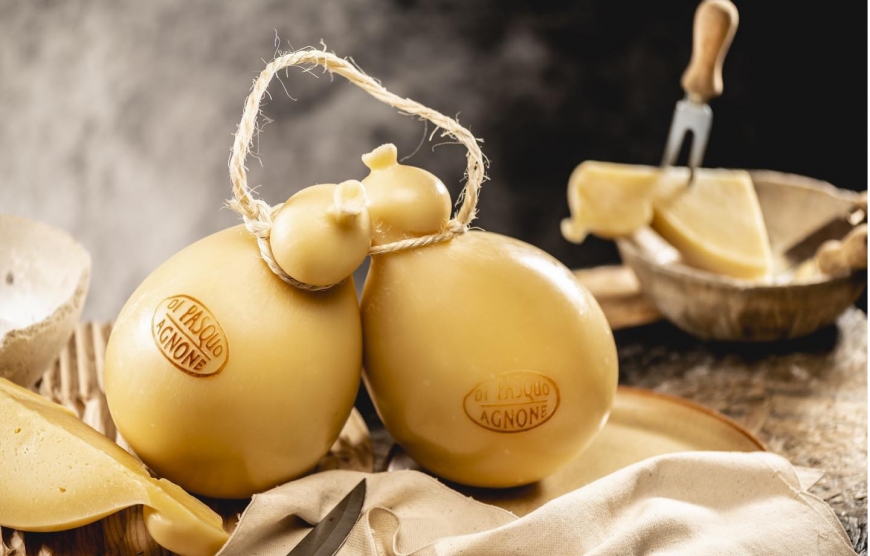

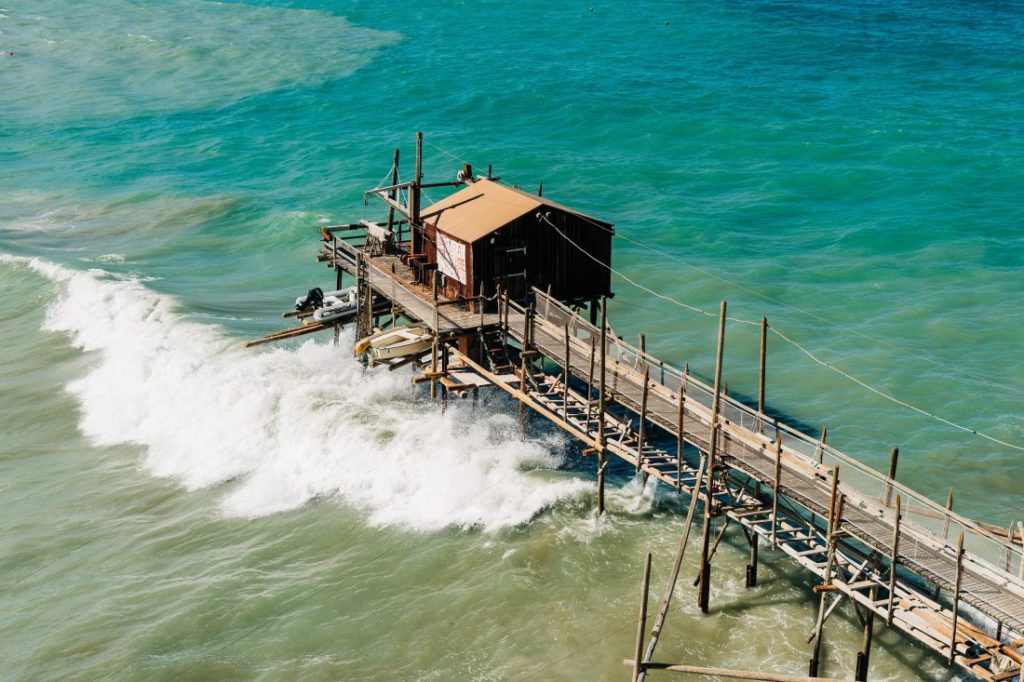
I tend to think that my aunt was right. We should have a tour of my home region of Molise, as it has so much to offer. I am confident that it will not disappoint the curious traveller looking for an experience in the undiscovered beauty of the least visited region in Italy.
Interested in a tour or private self-drive itinerary to discover the region of Molise?
Written by. Mario Vitellone – Founder/Director of Vita Italian Tours
